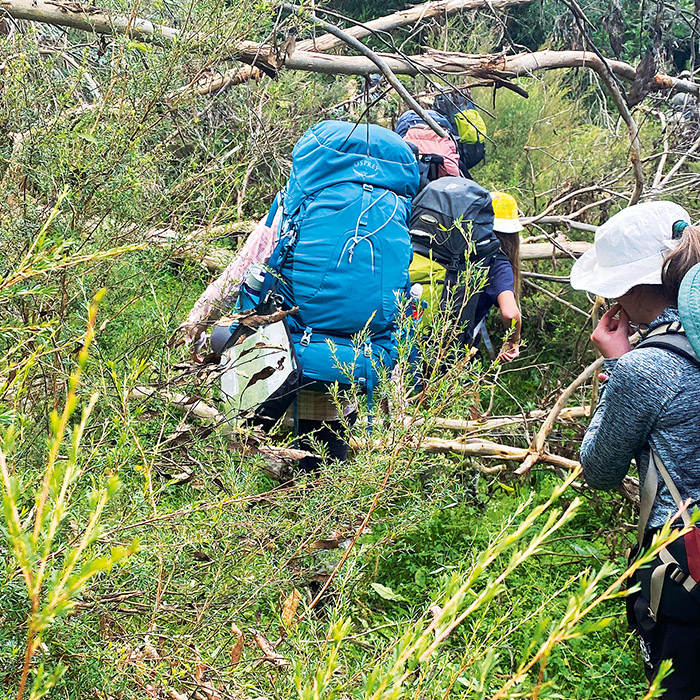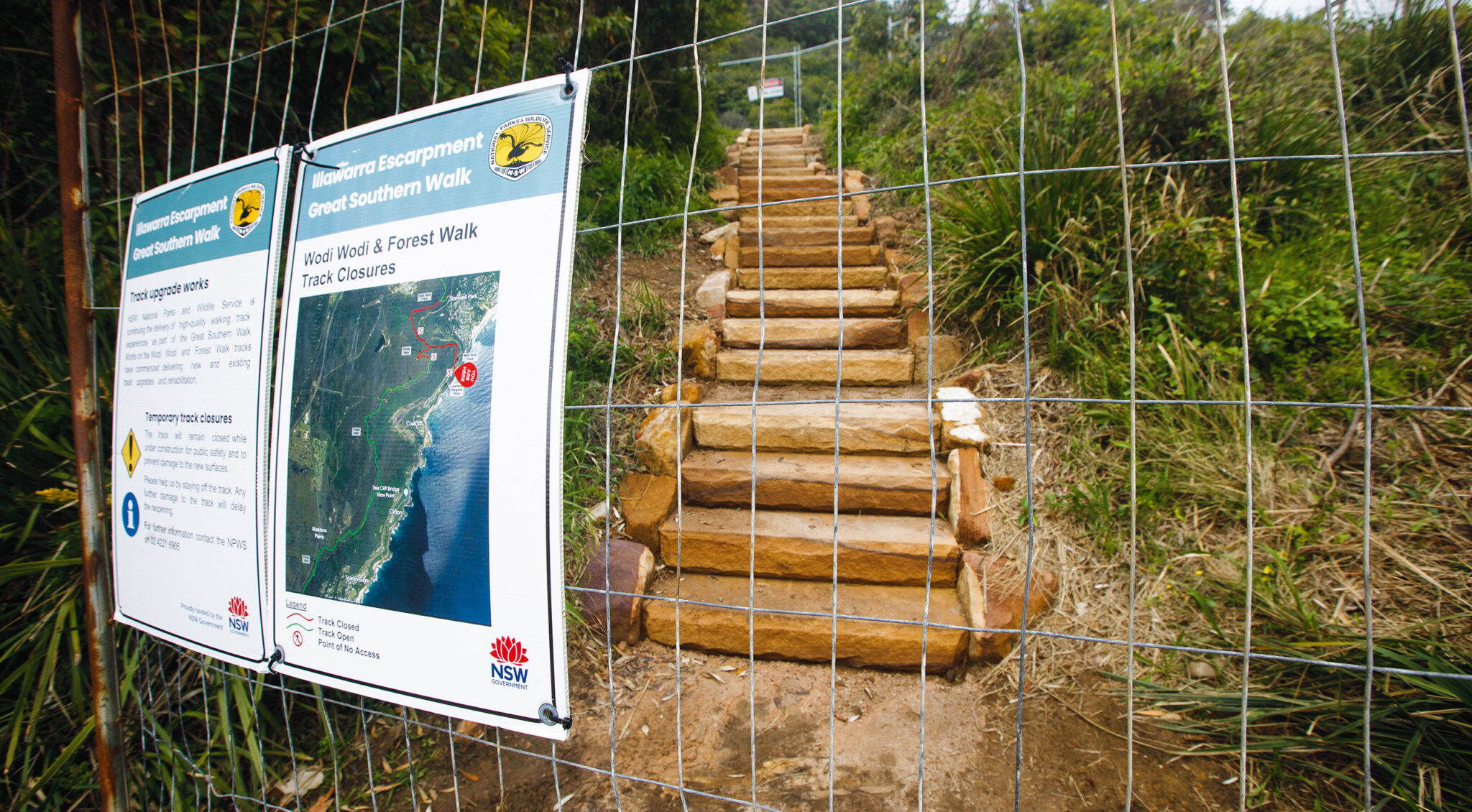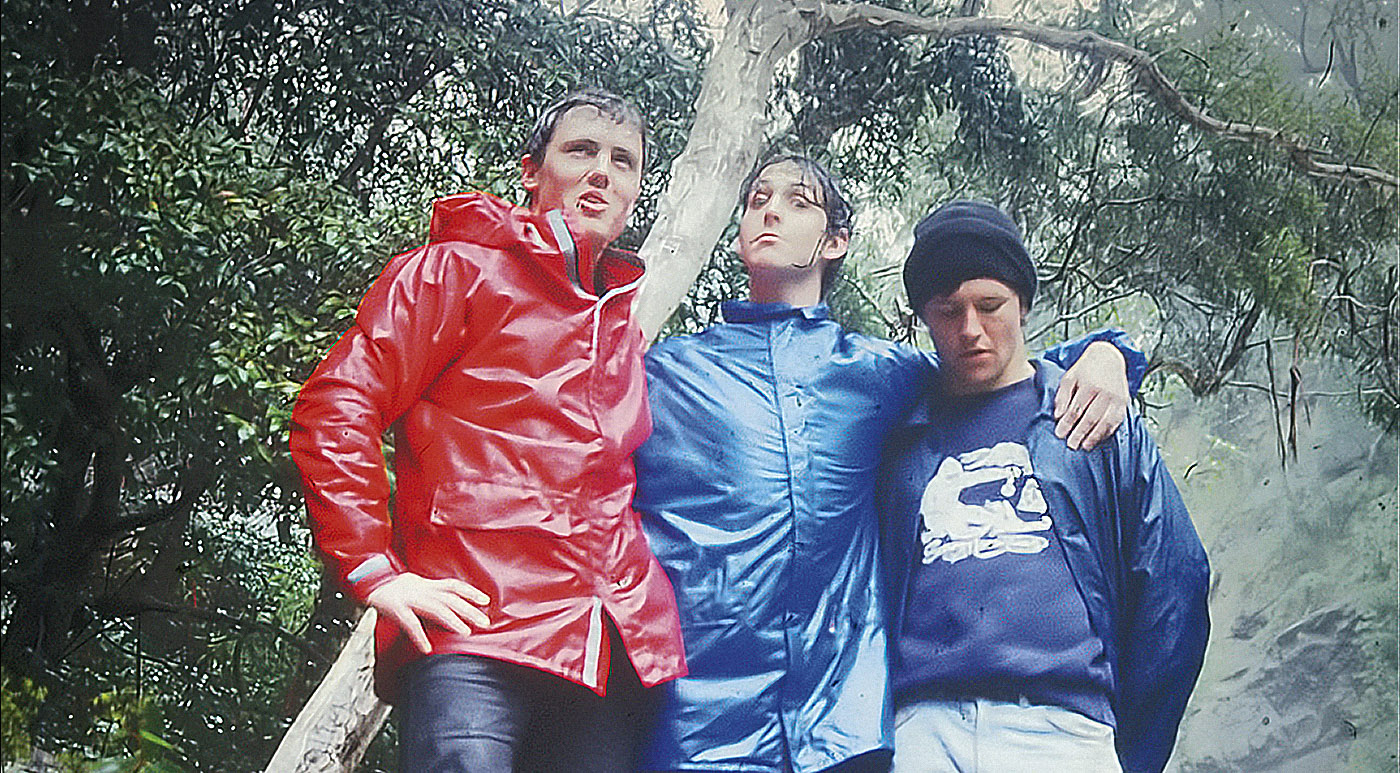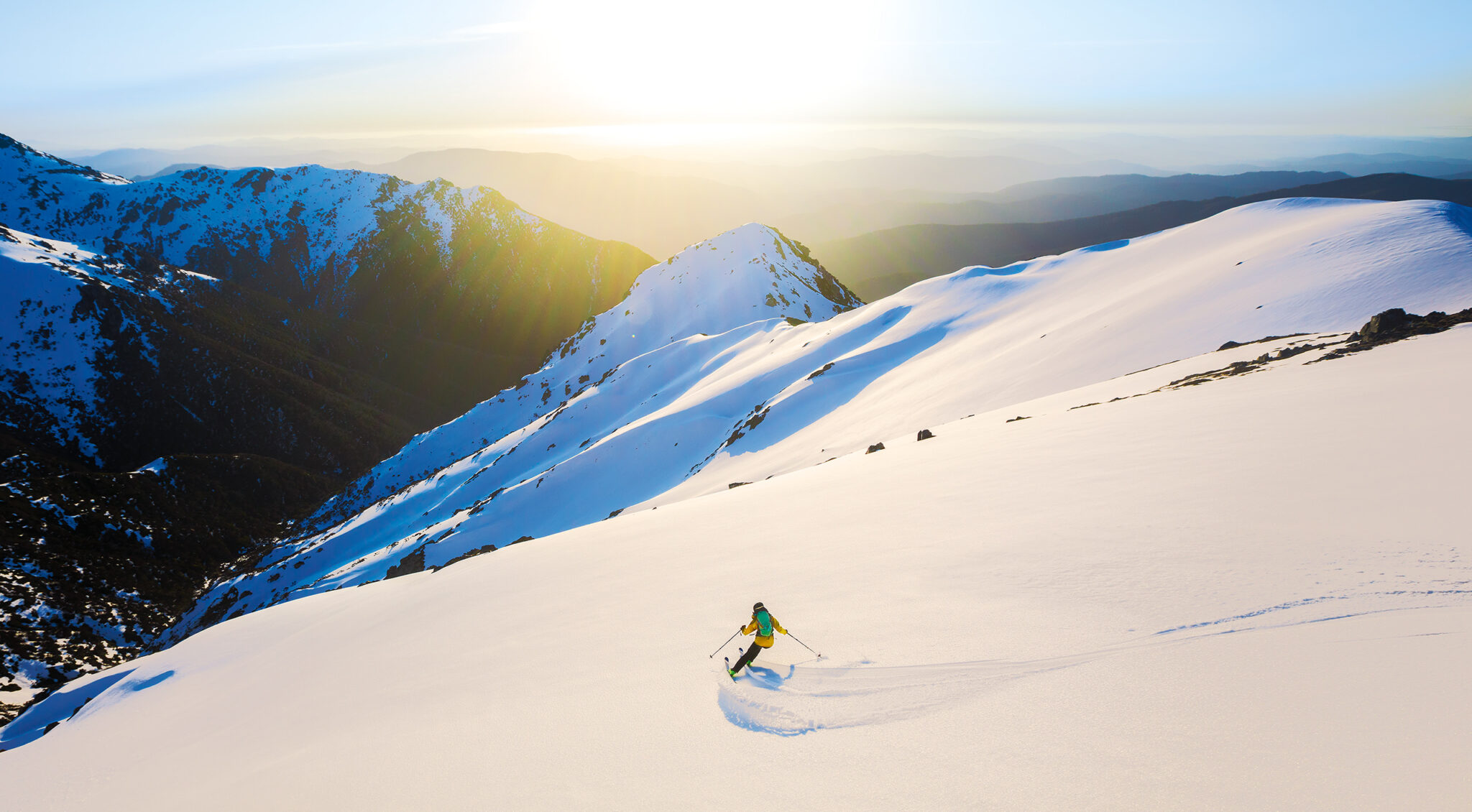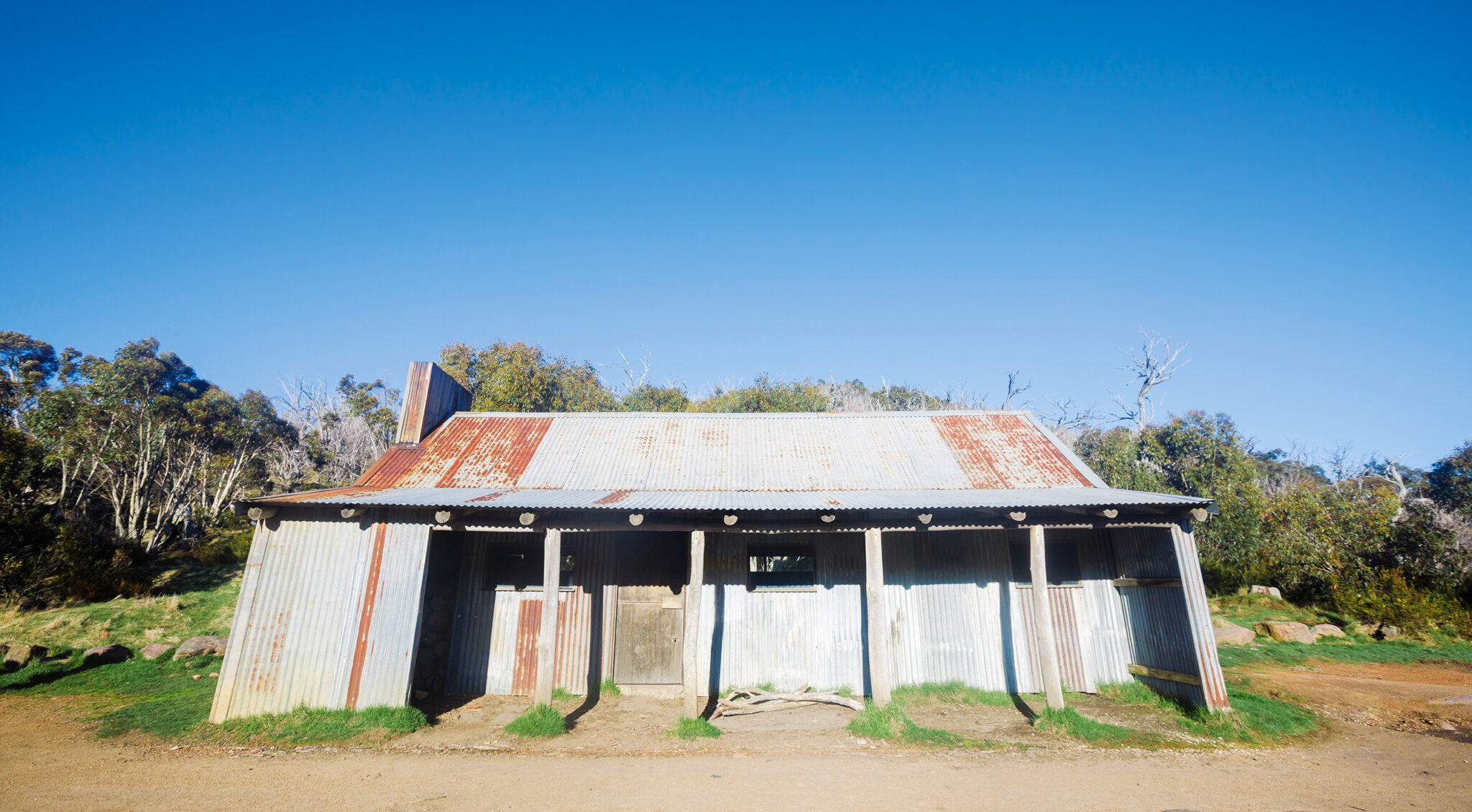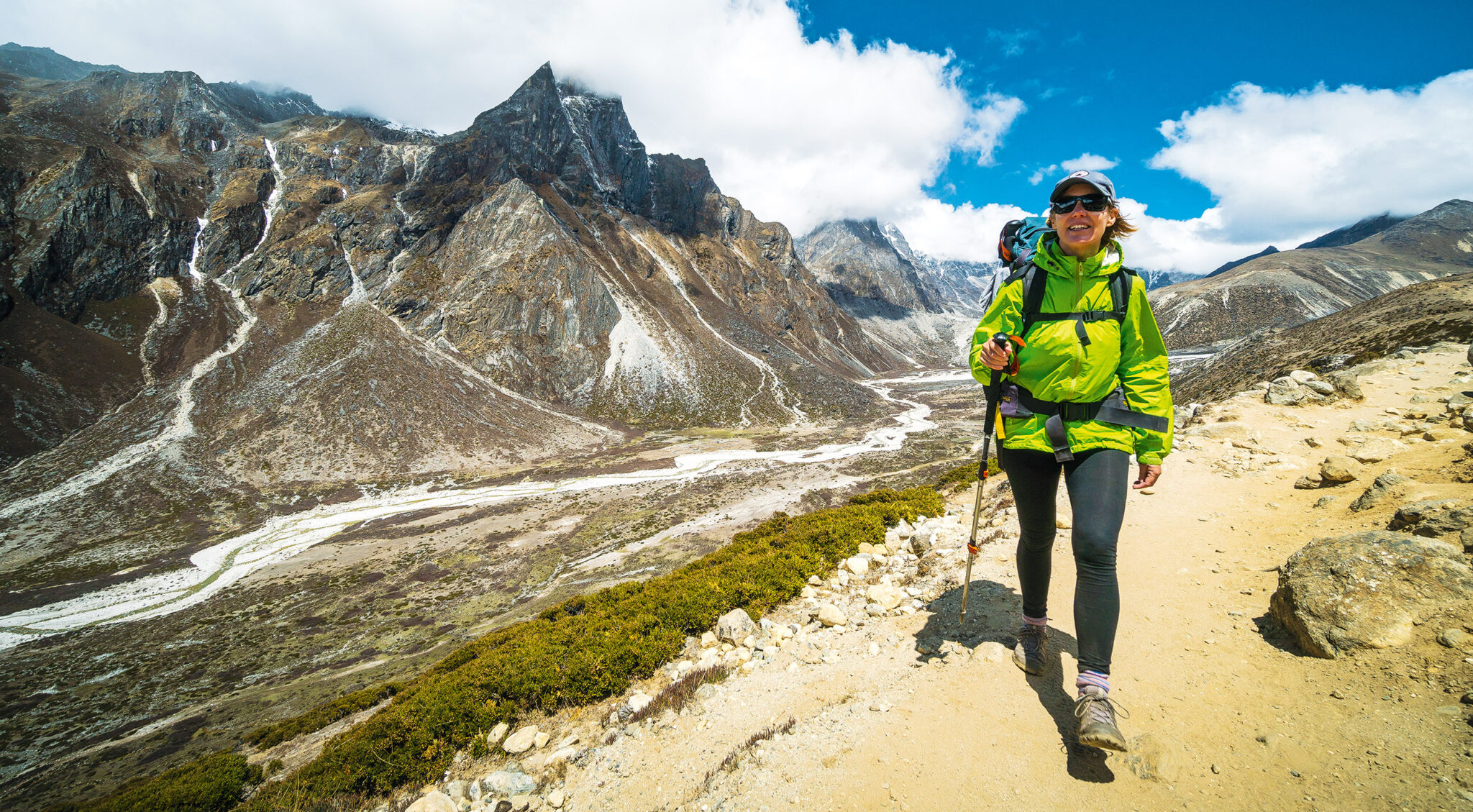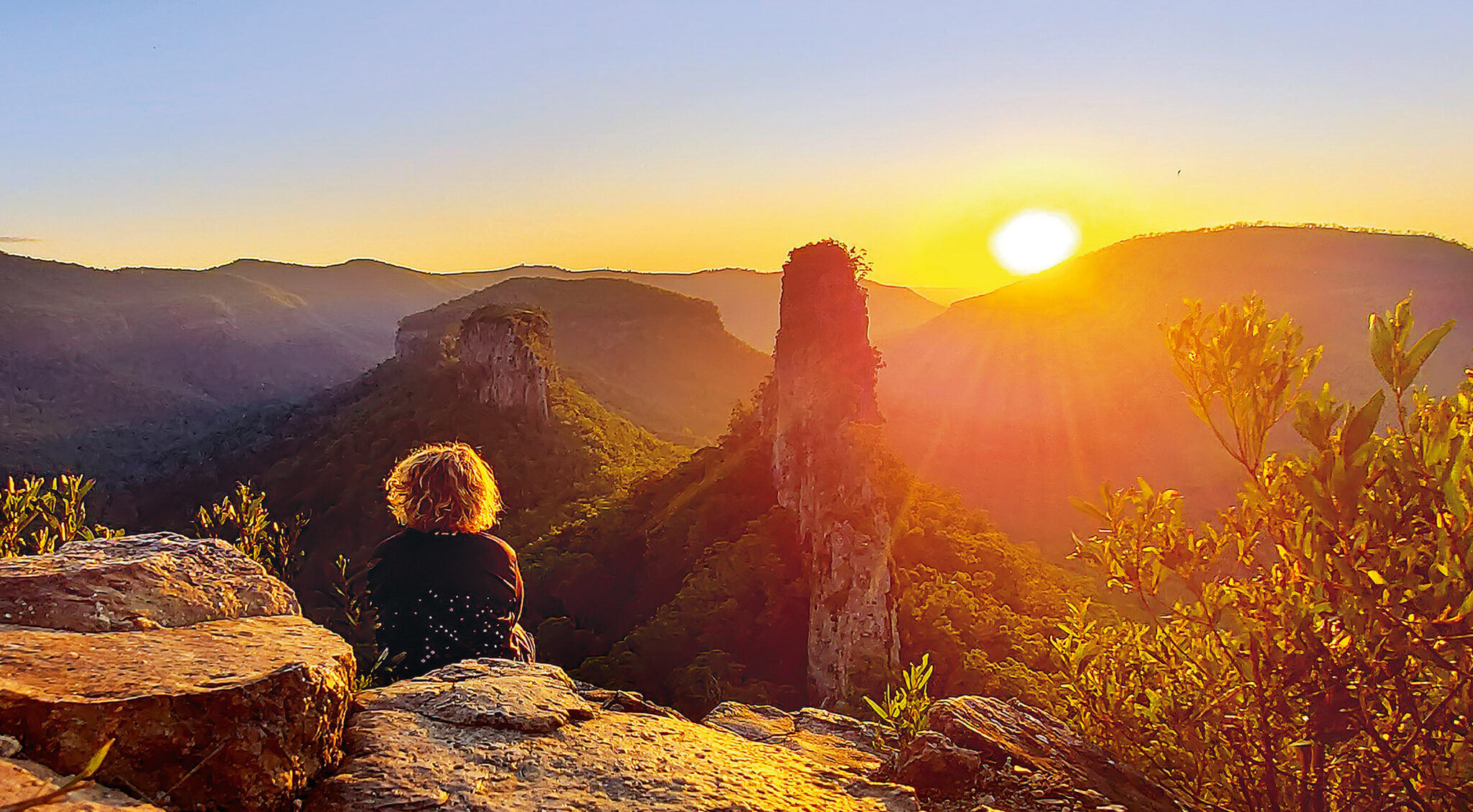Great Neglected Walks
Words & Image: Mick Ripon
Image caption: School students on one of the many overgrown sections of the Mitchell River Walking Track
(This review originally featured in Wild #190, Summer 2023)
Australia has many great bushwalks. However, in recent years, it appears some walks are greater than others. Governments of both persuasions appear to have their favourite ‘Great Walks’. These walks, targeting high-yield tourists, seem to attract large, disproportionate amounts of public funding while less-favoured walks have their modest budgets continually squeezed. Ultimately, it means that national parks like the Grampians NP get huge funding to ‘upgrade’ tracks and build high-end infrastructure, whereas other national parks get their maintenance funding reduced. The result is the less-favoured tracks become degraded, which not only causes unnecessary environmental damage but the tracks also become less enjoyable and less safe.
Take, for instance, the Mitchell River Walking Track in Victoria. Last year, I was involved in an outdoor-education camp that took school students along this track; my science background,teaching qualification, and love of the outdoors, means I get offered a lot of this type of work which I enjoy. But the walk last year tested my patience, especially when I had to call 000 to evacuate a student. It was a situation, I believe, partially caused by a lack of basic park maintenance. The track was extensively overgrown, with roughly fifty obstacles—mainly fallen trees—in 22km. This caused the walk to be unnecessarily long and arduous, which in turn contributed directly to the difficulties experienced by the students. More recently, a student had a fall causing a serious head injury which required immediate hospitalisation, but the nearby 4WD access track was technically closed, and had been for well over a year. Fortunately, we managed to successfully evacuate both students—they’ve since made full recoveries—but the situations could have been much worse.
Another Great Neglected Walk is the popular and stunning track to Lake Tali Karng in Victoria’s Alpine NP. The lake is the state’s highest, formed only 1,500 years ago by a landslide. The area has significance for First Nations people, especially as local Gunai Kurnai people were killed during this landslide. In more recent times, a bushfire in 2019 burnt a large area of this park, including the composting toilet at Nyimba Camp. This campsite is at the juncture of several tracks, and is one of the most popular campsites for visiting schools and the public. It took Parks Victoria over four years to replace this basic toilet.

The Light to Light Walk in NSW’s Beowa NP is another Great Neglected Walk. I geotagged 42 obstacles on a 3.1km stretch of this track alone in 2022. This walk was earmarked by politicians and senior NPWS bureaucrats as a possible ‘Great Walk of Australia’, an idea that I am strongly opposed to; imposing new commercial, urbanised developments upon wild areas is an anathema to the function of a national park. It’s one of the reasons that I’m now a spokes- person for the Beowa Light to Light community Action Group (BLLAG), which in turn led to me becoming involved with another, emerging national group called ProtectOurNationalParks.org (Ed: Full disclosure, I’m a member of the latter, too.) Both groups are actively campaigning to stop the unnecessary development of large accommodation complexes at two iconic locations within Beowa National Park. We argue the money would be better spent on conservation measures and actually maintaining the existing L2L track as opposed to building what are effectively remote-area bush hotels.
The Light to Light Walk is already an amazing walk, even with its lack of maintenance, and visitation is high. Despite this, I’ve heard from a local source that the NPWS workers assigned to maintain this track have been re-assigned to other duties due to budget cuts; no wonder the track is in a poor condition.
From what I’ve seen of the proposed track (I am a member of the Stakeholder Reference Group that provides input to the NPWS on the L2L development), it is a heavily engineered pathway that includes imported stone steps, huge amounts of gravel, extensive civil works and significant vegetation clearing. Many of these types of highly engineered tracks—typical of the requirements to meet a ‘Great Walk standard’—appear more like an urban pathway through a suburban park than a bushwalking track. Our groups are hoping that the track work currently underway for the L2L walk maintains its intimate connection with nature, but we have reservations: The ‘huts’ designed for the L2L Walk are designed by the same architect who designed the luxury $1,000/night lodges on the Three Capes Track. We are hoping the L2L Track will not be over-engineered like the Three Capes Track.
There’s a fine line between over-development of a bush track. Boardwalks, for example, are an obvious human intrusion into the natural world that detracts from the bushwalking experience, but we understand, and accept, the use of boardwalks as a means of protecting sensitive environments. That said, it’s clear that boardwalks can, however, be just as easily used to provide a dumbed-down walking path. The same can be said of steps or stairways. The point I’m making here is that it’s important to maintain, as much as possible, the wild character of our national parks by minimising obvious and unnecessary intrusions; the old ‘tread lightly’ approach is best. Our groups believe that developments in our national parks need a more considered, sensitive and balanced approach, one that embraces Australia’s unique wild places and takes advantage of this point of difference without degrading the very essence of what our national parks have to offer.
A similar pattern of neglect played out in Tasmania during the construction of the $25 million dollar Three Capes Walk, where funding for upmarket infrastructure appeared to take priority over maintaining other tracks in Tasmanian’s national parks. The funding for basic maintenance of these less-favoured tracks almost dried up; broken bridges and boardwalks weren’t repaired, and many tracks were left in serious need of work.
“It’s hard not to be cynical and to suggest that governments are being tricky with their funding.”
While governments are quick to point out that funding for these extravagant projects are separate from recurrent parks budgets, it’s hard not to be cynical and to suggest that governments are being tricky with their funding. In 2016-17 for example, the NSW Government sacked 100 rangers and other key personnel, and removed $121 million from the NPWS budget. It imposed further budget cuts (including $80 million from the department overseeing parks) in subsequent years. Then a few years later, in January 2021, the NSW Government announced the “biggest infrastructure investment in the history of NSW National Parks”. Yes, it was a massive spend of $257 million, but it was basically robbing Peter to pay for Paul’s bush hotels.
Incidentally, there is a significant announcement to be made in relation to the development of the Light to Light Walk: NPWS are now proposing tent platforms in place of ‘huts’ at a campsite known as Hegarty’s Bay along this walk. Our groups view this as a positive sign, demonstrating that NPWS are starting to listen to the community. Furthermore, the proposed accommodation complexes for this walk have been put on hold pending funding; we hope that the new Labor government sees sense, and withdraws funding for this unnecessary, extravagant and environmentally damaging component of the L2L development.
The other great irony for me is the fact that Australia has so many great walks that could be made into really great walks with minimal maintenance and genuine consultation with local communities. Senior parks managers would also do well to listen to staff on the ground when it comes to track conditions and maintenance. These rangers have valuable local knowledge and interact regularly with park users, otherwise known as customers.
It’s important to point out that many of the community groups actively trying to protect our national parks are not opposed to development per se, just what our groups refer to as ‘inappropriate development’. It is simply an affront to democracy to allow the current top-down approach of vested-interest groups—such as big tourism operators, big political parties and senior bureaucrats—to determine what happens in our public national parks. Australia’s wild national parks are the envy of the world, and our groups believe in a more balanced, nuanced approach to development, one involving environmental experts and genuine consultation. As Joni Mitchell sang in her song Big Yellow Taxi, “You don’t know what you’ve got ‘til it’s gone,” wild areas are disappearing from our planet at an alarming rate; we need to value what we have before developers move in. We need greater protection for our precious national parks. We need to keep them wild.
If you liked this piece, you should subscribe to the print mag. Only a fraction of the great stories we run in the mag make it to our website; if you want to read them, head to subscribe.wild.com.au.

